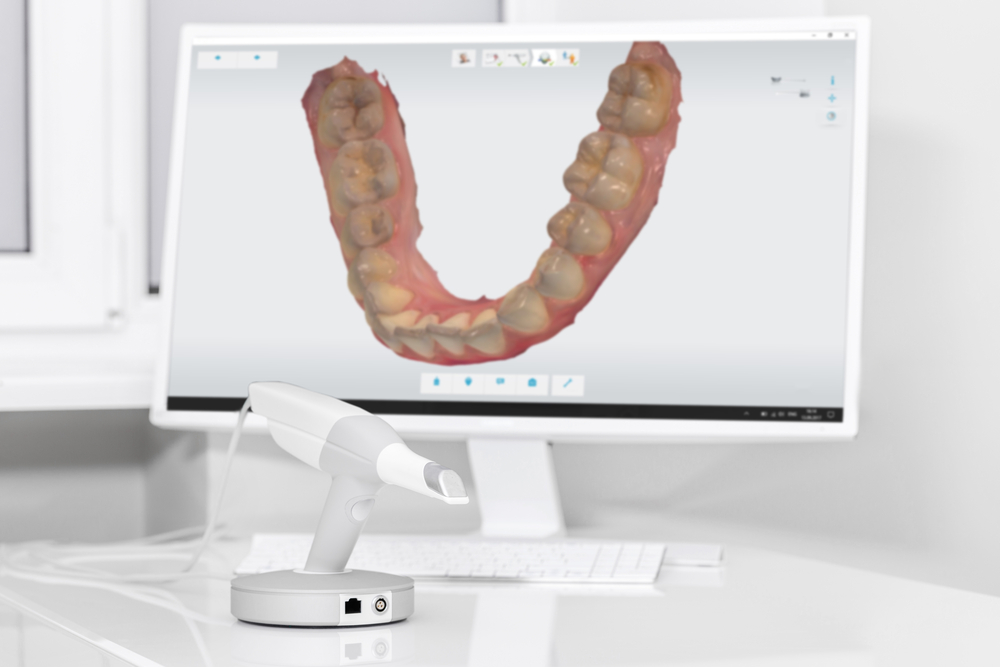Advances in technology are constant, where there are new ways of improving existing technology for better uses or enhancing an industry. Over the years in the dental industry, technology has been advancing such as the way treatment procedures are done to the construction of bridges and other dental parts needed for treatment. 3-D printers are nothing new to the field; on the contrary, it has been around for some time. So, what makes them so important now?
Well, as we mentioned above, they were already in the field and being used, however, not in a dental practice setting but a lab. A dental lab works apart from a dental practice, where clinic would have to rely on the help of a lab to get bridges, crowns, or other dental parts needed for treatment which usually requires a process and wait. What’s changed?
Now, dental practices are enhancing their clinics by applying 3-D printers to their work environment. Not only are they improving the way they run their practices, but are also changing the way patients are treated, the services they offer, and costs. This is due to the fact that now 3-D printers are becoming more accessible and available to have in a dental practice.
The benefits a dental practice will get from having a 3-D printer are:
- Access to more model-making – dental practices will be able to model their own crowns, dentures, and implants. It will allow for more accuracy with scanning the patient’s teeth and shortening the time in which it is modeled and printed. Plus, if there is a mistake with the print, it can fix it from their practice.
- Less dependency on labs – with a 3-D printer in a practice environment, there will be less to no need for labs to model dental parts. It helps cut on the manufacturing cost and lower cost for treatment since outside services won’t have to be used. In addition to lower prices, you have accuracy in the modeling it, as mentioned above, and save the practice time in processing and receiving customized dental parts for patients which in turn saves patients time as well (we all know patients value their time are more likely to share their waiting time experience with the public).
Like most technology tools, each has its own applications, features, and capacities to help improve the functions of a professional or industry. In this case, 3-D printers have their own set of applications to assist dentists or dental labs with their dental needs. With more access and availability to owning and using a 3-D printer, the more current and relevant a practice comes with the additional perk of having improved the functions of the practice. How do you think 3-D printers have revolutionized the dental industry?







